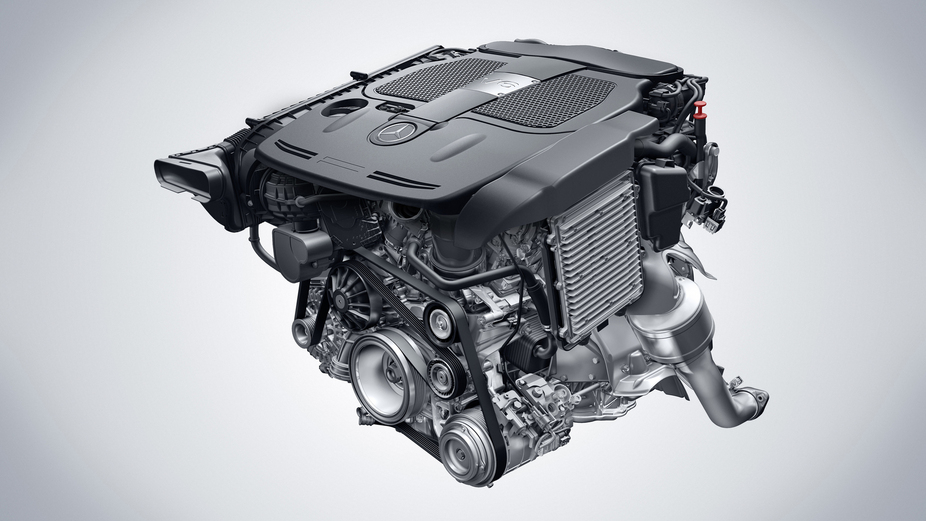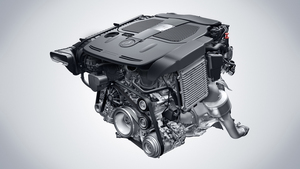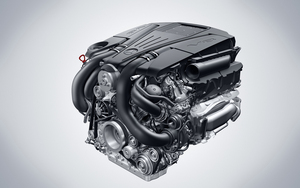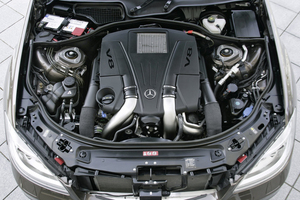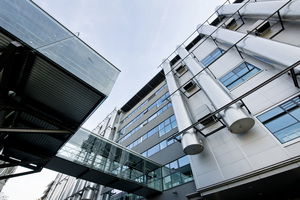|
Send this page to a friend! Fill in the form bellow | ||
news
Mercedes-Benz presents new V8 and V6 engines
Mercedes-Benz is presenting its newly developed V6 and V8 engines which are expected to set efficiency standards in the premium segment. The new powertrains meet new dimensions in power and environmental compatibility.
With a displacement of 4663 cc, the new V8 engine has an output of 435 HP, approximately 12 per cent more than its predecessor, although it features less 0.8 litres of displacement. The torque in the new V8 has been increased by 170 Nm to 700 Nm. Still the fuel consumption has been reduced by 22 percent. In the new V8, Mercedes-Benz engineers primarily achieved a high output for a lower displacement thanks to the use of two turbochargers, configured provide high torque even at low engine speeds.
As for the V6 engine it features the same 3499 displacement of the previous V6. It develops 306 HP and had its 350 Nm of torque increased to 370. The fuel efficiency has also been enhanced in this case. For example, the S 350 fitted with the new V6 consumes 7.6 litres per 100 kilometres, a saving of 24 percent compared to its predecessor. A completely new intake and exhaust gas system with a variable-resonance intake manifold and optimised airflows was also developed for the new V6.
Both the new V6 and the new V8 from Mercedes-Benz have aluminium crankcases, pistons and cylinder heads. The crankshaft, connecting rods and valves are of special forged steel.
Fuel efficency brought by these new engines was achieved thanks to the implementation of the start/stop function as standard and other features such as newly developed, third-generation direct petrol injection with spray-guided combustion, multiple injection and multi-spark ignition.
One of the main objectives of the German brand with the new Mercedes-Benz V-engine generation was to considerably lower fuel consumption but at the same time offer an enhanced output. The new generation of engines will be first used as an 8-cylinder in the CL-Class, and later in the S-Class from autumn 2010.
"The new six and eight-cylinder engines from Mercedes-Benz are a unique synthesis of effortless power delivery, comfort and efficiency," says Dr. Thomas Weber, the member of the Daimler AG Executive Board responsible for corporate research and development at Mercedes-Benz Cars. "Both impress with refinement at the highest level, as well as exemplary environmental compatibility."
The new Mercedes-Benz engine family is based on modularization, which allows the use of a start/stop function, 4MATIC all-wheel drive and combination with a hybrid module.
The new generation of V-Mercedes-Benz engines will be produced at the Bad Cannstatt plant which has already built over four million examples of the V-engine duo since it opened the doors back in 1997.
Encyclopedia |
Contribute
more about Mercedes-Benz



latest news




